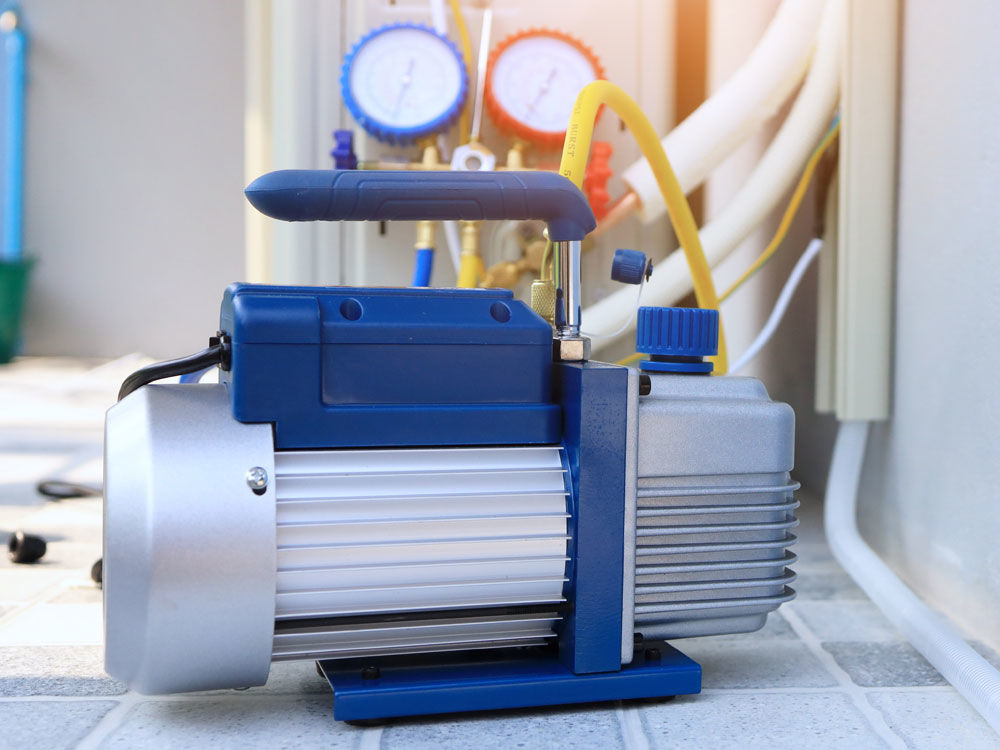How Do I Choose a Vacuum Pump Capacity?

Selecting the right vacuum pump capacity is critical to achieving optimal performance and efficiency in your application. Whether you’re working in manufacturing, processing, or another vacuum-dependent field, the capacity of your pump directly impacts operational success.
What is Vacuum Pump Capacity?
The capacity of a vacuum pump refers to the rates of how much gas it can remove from an enclosed space within a set period, creating a vacuum. This is typically measured in terms of cubic feet per minute (CFM), cubic meters per hour (m3/h), or cubic liters per second (L/s). This is to measure how much and how fast a pump can remove a volume of gas.
Key Metrics for a Vacuum Pump
- Ultimate pressure (vacuum level): The lowest pressure a vacuum pump can achieve.
- Capacity: The volume of gas the pump can handle over time.
- Pumping speed: A measure of how quickly the pump can remove the gas. Usually expressed in CFM, m3/h, or L/s.
- Throughput: The total mass flow of gas that a system can handle, combining pressure and flow rate.
How to Choose a Vacuum Pump
The type of vacuum pump you choose will largely depend on the application.
- Process type: Are you conducting vacuum drying, distillation, coating, or packaging? Different processes require different vacuum levels and capacities.
- Operating pressure range: Determine the pressure range your process requires. For instance, low vacuum (rough vacuum) applications like HVAC evacuation will need different capacities compared to high vacuum applications like semiconductor manufacturing.
- The amount and type of gas: Larger amounts will require higher-capacity pumps. Properties like corrosiveness and vapors can necessitate compatible pump designs and materials.
- Scaling for the future: Investing in a slightly higher capacity pump can help facilitate any growing needs in the future. This can save money on having to upgrade later.
- System configuration: Piping diameter and length can restrict flow, reducing the overall effectiveness of the pump. Having a higher-capacity pump may be needed to compensate.
Consequences of Choosing the Wrong Vacuum Pump
It’s important to strike the right balance of performance and value that minimizes waste. Choosing the wrong capacity introduces risk to the operation and lowers energy efficiency.
- Undersized pumps: System performance may lag, vacuum levels may not be achieved, and processes may experience delays. The pump could also become overheated, worn down excessively, or incur costly maintenance.
- Oversized pumps: Unnecessary energy consumption, higher purchasing costs, and excessive wear on the equipment may occur.
Conclusion
If you’re looking for a replacement for a vacuum pump or need to repair your existing one, reach out to the experts at HISCO Pump. We offer replacement pumps and parts as well as a huge selection from our surplus inventory, along with repair services that can bring pumps back to factory specifications and tolerances.